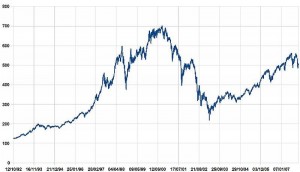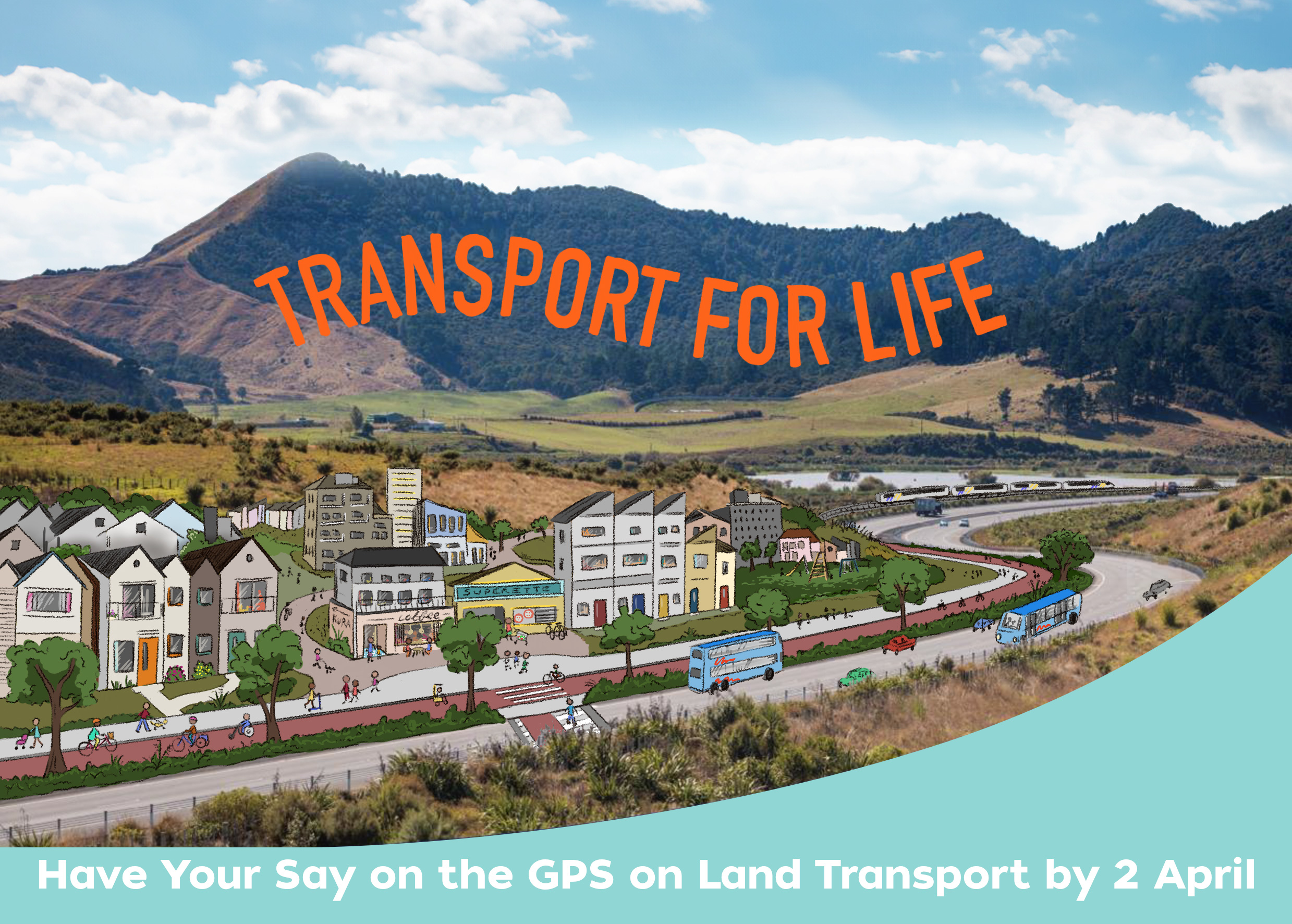Short answer: Twice as fast where we really count.
 Last weekend, our chair Barbara asked me for some statistics for a talk she was giving to NZTA project managers – “Show me how much Auckland cycling has increased annually over the last few years” she said. “Give me some nice graphs too“.
Last weekend, our chair Barbara asked me for some statistics for a talk she was giving to NZTA project managers – “Show me how much Auckland cycling has increased annually over the last few years” she said. “Give me some nice graphs too“.
With a headache brewing even before her email, and not much time, I sat down and tried to give her what she needed.
As I had suspected, there was a lot of difficulty with that seemingly simple request. So my response to Barb led with the following attempt at witticism:
The problem with cycling growth is that we are still looking at a sketchy picture. We are trying to compare apples with oranges, where historically the apple (car) count was done by the Apple Growers Industry Board with weekly status updates, and the oranges (cycles) were counted by sending one temp out once a year to a small selection of shops to ask how oranges have been selling the day before…
Basically, we have 3 key sources of data on cycling growth:
.
- We have the “annual manual” counts, where several dozen Auckland locations (often intersections) are counted by surveyors standing beside the road. These are one-day counts, and while they are not held if the weather is clearly going to be miserable, they introduce quite a bit of variability from weather. That growth or decline you are reporting for year X may in reality be quite a bit different.
- Then we have the automatic cycle counters. Not only do these run day & night, all year long, they also provide great graphs. However, they have two issues – they are only available in specific, selected locations (15 of them, mostly on cycle paths), and even the oldest couple of them have only been in place for about 2 years, most of them much less. They are the best tool we have to get more reliable data on cycling trends in Auckland (and credit to Auckland Transport for continuing to expand the counter network!), but right now, the data they have accumulated doesn’t go back far – and being at different locations from the manual counts, we can’t even directly compare.
- Lastly we have the census “journey to work” counts. The advantage of the census question is that it asks everyone in Auckland, not just the cyclist riding through a particular location. On the downside, it is also a one-day count, and only covers the morning commute riders. Plus we hadn’t had a census for quite a while now, making it useless as a trend indicator, especially for Auckland, where so much has happened in the last years.
So you see my dilemma. Getting Barbara some good (and true!) soundbites for a talk lasting just a few minutes wasn’t going to be easy (no time to give the context you just got!) .
First I started looking at the last 5 years of manual counts, and averaged the yearly percentage growth values from 2007 to 2012 to an annual growth. I even included that of last year, which was woefully low (I’ll chalk that up to weather variability again, because we THINK we actually did better than that last year – but either way, the counts were included as they were reported, good or bad). Then I tried to do the same with the 2 years of limited cycle counter data (the same tables we have been reporting here occasionally).
While statisticians probably would cringe a bit at my method and lack of better data, I tried to stay careful and honest and came to the following conclusions:
- ~ 5% cycle growth / year over all of Auckland, based on 5 years of data (but highly variable each year due to one-day counts)
- ~10% growth / year on the cycle counter routes, based on 2 years of data (but with much better data quality and showing less variability)
While I couldn’t give Barbara any great graphs, I thought those results were quite interesting – and positive – on their own. The manual cycle counts giving us the 5% increase over all of Auckland show the general state of things, where cycling is rising at a rate several times population growth, and during a 5 year period where car traffic growth stayed almost static.
And in those areas where we have a certain “critical mass” already, or where we have already built cycle infrastructure (because that’s where most of the automatic counters go), we are seeing roughly twice the average growth rates. Not a bad omen.



